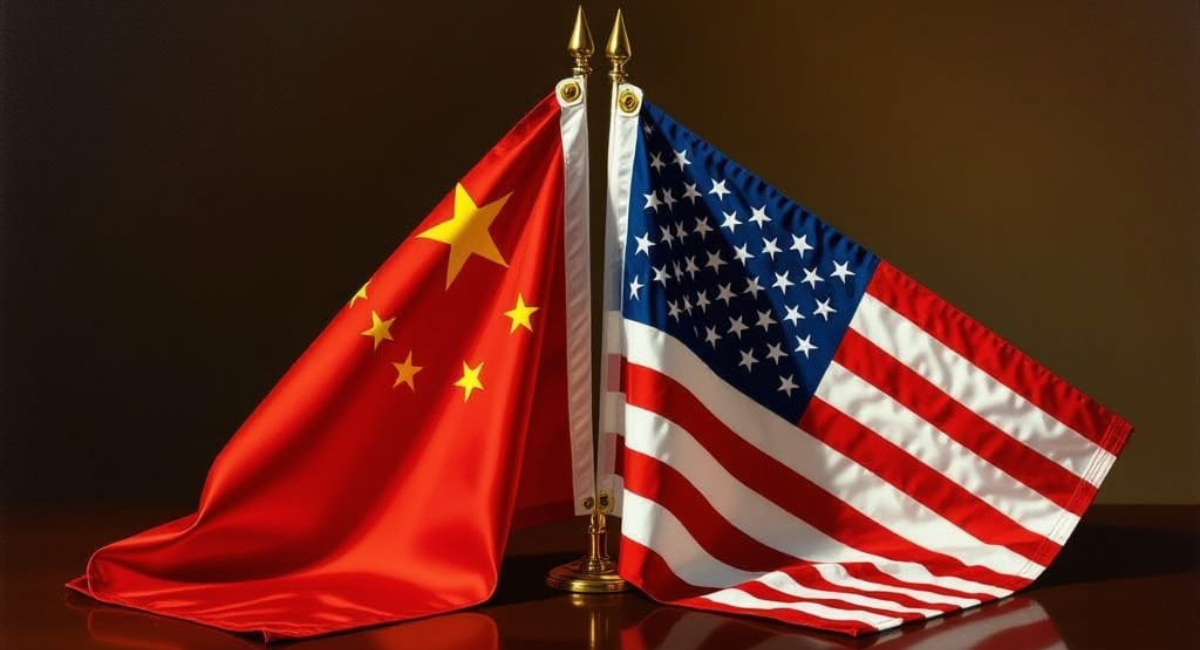No longer content to “hide its strength and bide its time,” China is embarking on an ambitious and destabilizing bid to usurp American leadership and control the international order.
Under President Xi Jinping, the People’s Republic of China (PRC) is racing to fundamentally alter a system that has benefited the United States and our allies for decades. Xi has set ambitious military goals, including elevating the People’s Liberation Army (PLA) to “world-class” status by 2049, the centenary of communist victory in China’s civil war.
Consider its capabilities: The People’s Liberation Army Navy (PLAN) already operates more ships than the U.S. Navy, while China’s missile forces threaten to deny American access to potential conflict zones in Taiwan.
But China’s real challenge to American power operates below the threshold of open warfare.
Rather than deploy naval warships to contest Sea Lines of Communication (key maritime routes), China now deploys civilian fishing fleets as paramilitary forces backed by legal claims and law enforcement. Former FBI Director Christopher Wray has warned Chinese cyber-attacks target U.S. infrastructure and non-military assets to cripple America’s capacity to respond before the first shot is fired.
For China, this strategy makes tactical sense. Weaker powers avoid direct military confrontation with U.S. forces. Contemporary threats often exist below traditional war thresholds, targeting fundamental aspects of national power like economics and infrastructure that enable war-fighting capacity.
As in Iran and Russia, Chinese strategists embrace unconventional warfare principles outlined in the military strategy guide “Unrestricted Warfare” to combat American power without triggering open conflict. This approach has deep roots in CCP military doctrine dating to China’s civil war.
Historical Precedent for Political Warfare
Following the communist victory in 1949, Chairman Mao exported his insurgency model globally. Chinese support for communist insurgencies in India, the Philippines, and Southeast Asia forced rival governments to focus on domestic stability rather than international interests. By fomenting instability, Mao’s China secured greater international maneuvering room while subverting America’s post-war order.
Nixon’s opening to China changed this dynamic. President Deng Xiaoping recognized that China gained more by operating within the American capitalist system than destroying it. China began favoring stability over chaos. Supporting violent insurgencies lost strategic value.
China’s Ploy to Have It Both Ways
Could the PRC return to supporting violent insurgencies? Evidence suggests they never stopped.
In Myanmar, China supports the official government and insurgent groups simultaneously. The PRC made significant strategic investments to prevent economic blockades and encircle regional rival India. Yet anti-government insurgencies operate in areas where China is investing, while Myanmar’s military government cannot guarantee security.
China’s preference for stability and economic interests does not preclude insurgency support. Although the PRC no longer destroys the global system America built, Xi Jinping clearly seeks to replace American leadership with Chinese governance models.
To mitigate instability, the PRC funds both sides of the conflict. This ensures Chinese investments remain untouched while Beijing extracts additional concessions from Myanmar’s government.
The CCP no longer backs Maoist insurgencies with revolutionary ambitions, but its economic rationale could drive support for violent organizations that advance Chinese stability and growth requirements.
Strategic Implications for American Security
Welcoming China into the American global order has not stopped its willingness to support violent groups or challenge American power. CCP support for such groups now aligns with economic strategies like its Belt and Road Initiative to co-opt developing nations through massive infrastructure investments. The end goal is to enforce regional and potentially global Chinese hegemony.
Unlike Mao’s ideologically driven support for communist movements, China’s economic rationale could see Beijing support any violent organization capable of advancing stability and economic growth in regions critical to Chinese interests. This is most likely in unstable regions where central governments lack a monopoly on violence.
China prefers dealing with official governments as stable partners who can become arms customers, cementing Chinese influence. However, if governments cannot provide investment security or become obstacles to Chinese economic ambitions, we can reasonably expect the CCP to support violent insurgencies.
America’s national security community must recognize that China’s return to insurgency support represents a fundamental shift in great power competition. Policymakers need comprehensive strategies to address Chinese political warfare below traditional conflict thresholds. Congress should increase funding for unconventional capabilities and political responses while strengthening partnerships with allies that face Chinese-backed destabilization efforts.
The Special Operations community’s experience with irregular warfare and political instability provides critical insights for developing effective countermeasures. America cannot afford to ignore China’s willingness to export instability when it serves Beijing’s strategic interests.
The gray zone has begun. America must fight back.





